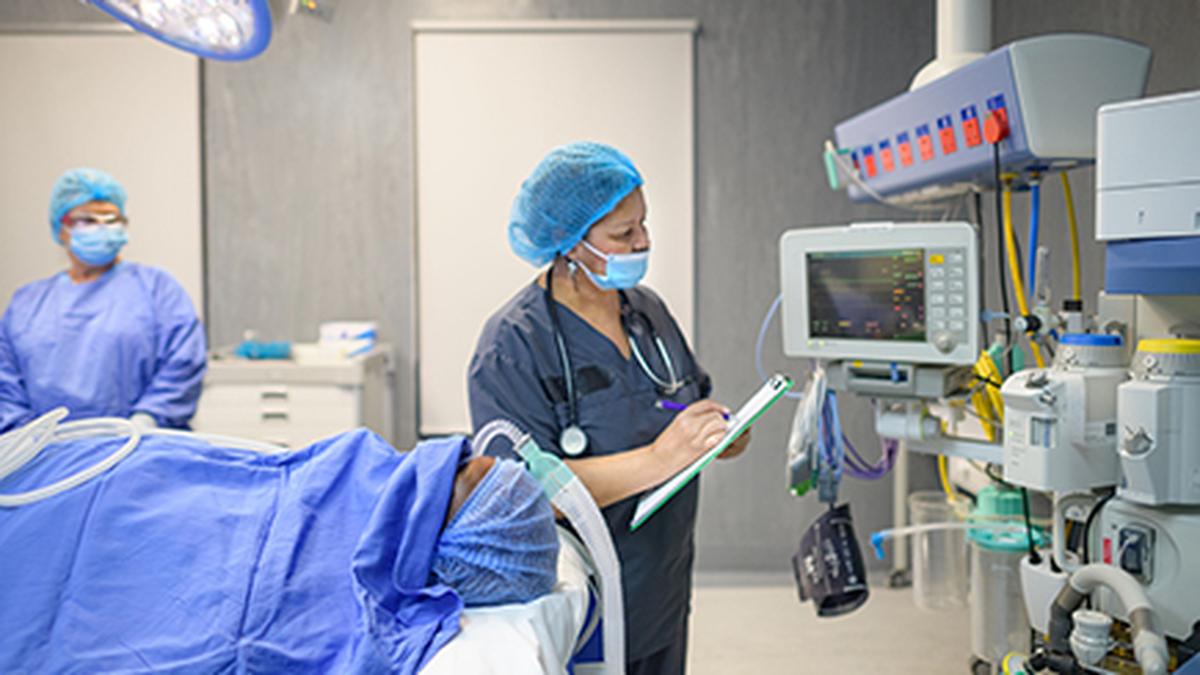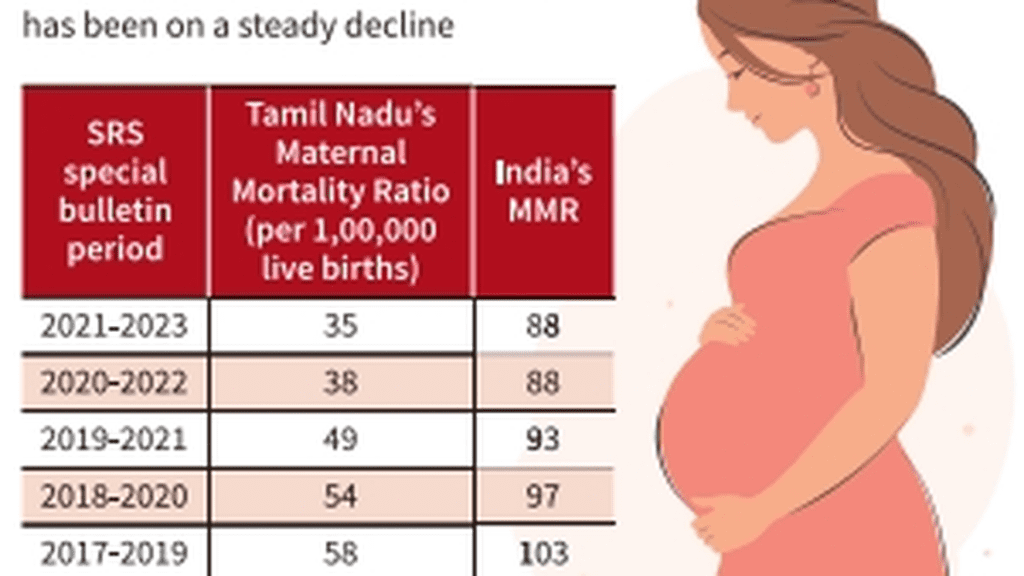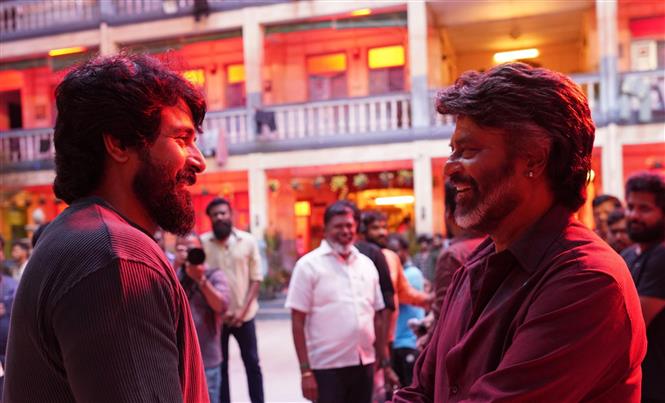How will the suspension of imported refurbished medical devices impact the healthcare sector? Experts are divided Premium

How will the suspension of imported refurbished medical devices impact the healthcare sector? Experts are divided Premium
Seeking to regulate the ₹1,500 crore Indian market for imported pre-owned and refurbished medical devices, the Central Drugs Standard Control Organisation (CDSCO) has halted imports until a regulation is established for such devices. Any consignment containing refurbished devices present at ports, will, at present, not be released.
The direction comes following a letter to the Principal Commissioner of Customs dated January 10, where CDSCO clarified that refurbished medical devices cannot be imported into the country for sale and distribution, as there is no specific regulation for such devices under the Medical Devices Rules, 2017.
These imports however, play a key role in making medical devices accessible in smaller cities and in rural India. According to experts, India’s import bill for medical devices is going up every year, with a 13% jump in 2023-24 alone. Imports currently contribute to around 10 per cent of the total medical equipment industry in India.
The latest directive therefore, has been received with mixed reactions and has the industry divided and debating.
The Medical Technology Association of India said that globally, even developed regions like the United States and the European Union have a 7%-9% dependency on pre-owned medical equipment, underscoring its importance in ensuring affordable healthcare solutions. Countries like U.S., several European nations, Japan, U.K., Canada, South Korea, New Zealand and Australia permit the import and sale of pre-owned medical equipment in accordance with their regulations.
“The pre-owned equipment industry in India supports the livelihoods of thousands of employees across its ecosystem. If a swiftly implementable policy is not introduced soon, it could lead to irreversible damage to both healthcare providers and the workforce. In this context, it is critical for the expert committee to prioritize this matter and expedite its decision. Currently, the import of refurbished devices remains at a standstill, posing a threat to both the healthcare system and the industry itself,’’ noted the group.
It added that to safeguard the interests of the healthcare system and the refurbished medical device sector, it is imperative that the expert committee expedites the creation of this policy and, to avoid any disruption, allows imports through necessary approvals.
Meanwhile, speaking for the domestic market for medical devices manufacture, Rajiv Nath, forum co-ordinator, Association of Indian Medical Device Industry (AiMeD) said that the previous import of used medical devices without any regulatory controls had hit the domestic market.
“At a time when the domestic industry is already grappling with issues like a negligible import tariff of 0 to 7.5% on medical devices in India, allowing the import of refurbished devices had further acted as a deterrent to the entrepreneurial spirits of the domestic manufacturing industry, making India severely imports-dependent. We welcome multi-national corporations to invest in India and make high technology equipment and make these affordable to the Indian patients as is being done in mobile phones and the automobile sector. Healthy competition is welcome,” said Mr. Nath.
The import of refurbished medical devices was allowed into India after the enactment of the Hazardous and Other Wastes (Management and Transboundary Movement) Second Amendment Rules by the Ministry of Environment, Forest and Climate Change (MoEFCC) in 2023.
Mr. Nath pointed out that while (MoEFCC) may be right in addressing concerns regarding e-waste management, other regulators like CDSCO must diligently carry out their duties in addressing high-risk patient safety concerns.
He also added that at times, the import of new medical devices was resulting in end-users paying 10-30 times of the import landing price of the devices because of the absence of trade margin rationalisation measures. “This is where the Ministry of Health, Department of Pharma, together with the Ministry of Finance, must play its part in regulating the MRP of the devices in a rational manner so that ethical manufacturers and marketers as well as consumers gain,’’ he said.
As per industry insiders a lot of domestic businessmen have become pseudo manufacturers and importers because of the meagre import duties, while genuine manufacturers are being pushed out of the business due to prevalent nonconductive duty structures at present.
Gaurav Aggarwal, MD, Innvolution Healthcare said the move had removed confusion for Indian manufactures. “We welcome the CDSCO move to remove the confusing signals we had been getting. On one side we have been the Central Government’s support in the form of PLI (production-linked incentive) scheme to manufacture high end cath labs and imaging equipment in India, but were despondent when we had to compete against low-priced second-hand imports. The Medical Device rules do need a provision for extra safeguards for refurbishing or re-manufacturing of equipment beyond the extended warranty period. The existing informal sectors that have been repairing and refurbishing imported, pre-owned equipment can now use their skills to do so for indigenously produced equipment. With a growing market expected from stable and competitive domestic manufacturing, this sector will also have ample opportunities to grow to support to the healthcare industry,’’ he said.










